The level of noise emanating from my earliest PCs would have put my PS4 to shame, but I'm much more sensitive to the decibel levels of my main rig now. This is why I made it a point to eliminate as many sources of noise from my PC as possible without encountering other problems. It started with limiting the number of hard drives and switching to an AIO cooler, followed by upgrading to larger fans and using a CPU that doesn't need heavy-duty cooling. My PC is now quite silent during most workloads.
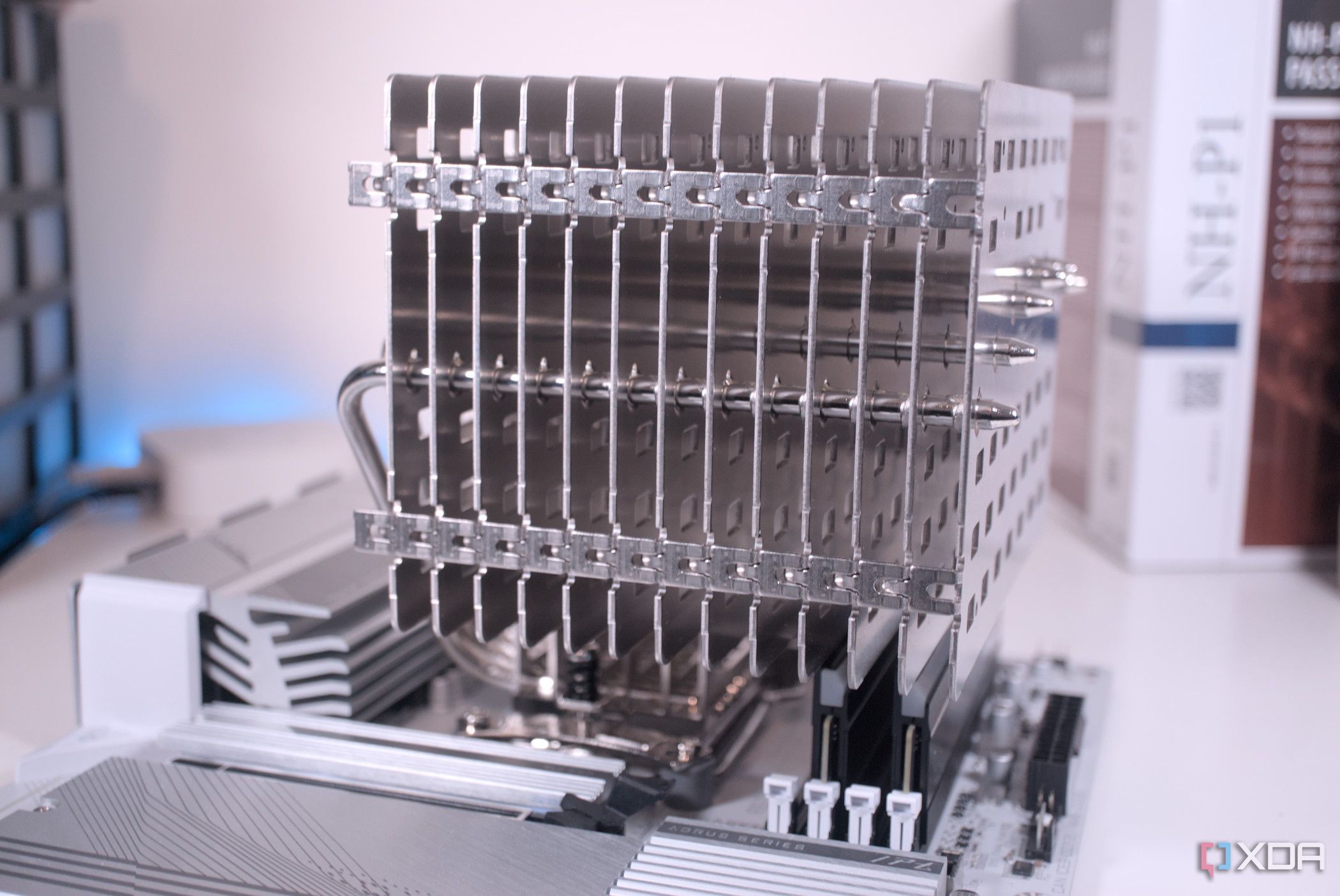
Related
7 tips to build a completely silent, fanless PC
Going fanless is the last word in silent PCs, and building one is more than possible
5 Minimizing hard drives
As much as possible
The year is 2025, but hard drives remain relevant for those who value affordable, reliable, high-capacity storage. I recently replaced all my storage drives, ending up with a 2TB SSD and a 4TB HDD. I would have loved to use multiple hard drives, especially since the 4TB model was quite attractively priced. However, that would have meant multiple drives constantly clicking and whirring inside my PC.
Eliminating hard drives from my setup isn't financially viable just yet, so I have to put up with the single 4TB drive. Anything more, however, would have contributed to noisy read/write activity, defeating my dream of having a silent PC. When high-capacity SSDs eventually start competing with HDDs in cost per TB, I would gladly shift to an all-SSD setup.
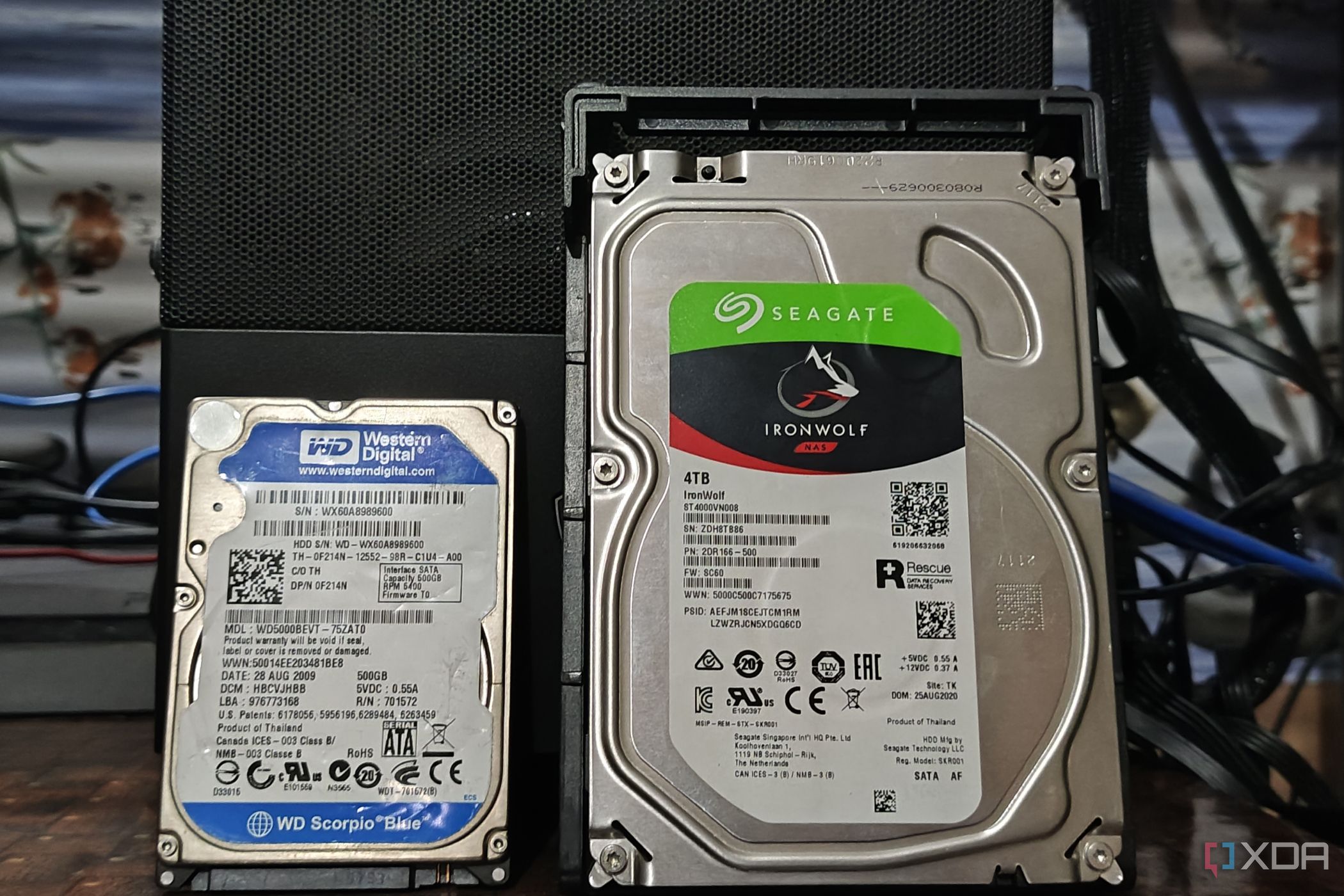
Related
5 ways NAS HDDs are different from regular hard drives
Although they're a bit more expensive, NAS drives have some advantages over their ordinary counterparts
4 Switching to an AIO
I'm satisfied with the noise levels, if not the performance
While switching from an air cooler wasn't the upgrade I expected, it did result in a quieter PC compared to my previous machine. I was rocking a single-tower air cooler for my Ryzen 5 1600 before moving to a 240mm AIO cooler for my Ryzen 7 5700X. The difference was easily palpable — the liquid cooler isn't nearly as loud as my previous air cooler's 120mm fan. I don't need to run my fans as fast as I used to, eliminating a lot of noise. And I don't hear the pump at all, unlike some other users.
The idle temps of my CPU might not have improved much, but I'm glad I picked an AIO over an air cooler. I still remember my previous PC always running with a constant hum that I eventually got used to. When I got my new PC, however, I was shocked at how silent a PC can actually be, especially during gaming. It's not whisper-silent under load, obviously, but that's still a far cry from my previous setup.

Related
5 reasons why liquid cooling your PC is worth it for non-gamers
AIO liquid cooling may not be for everyone, but it does have some great advantages, and not just for gamers
3 Using larger fans
An underrated upgrade
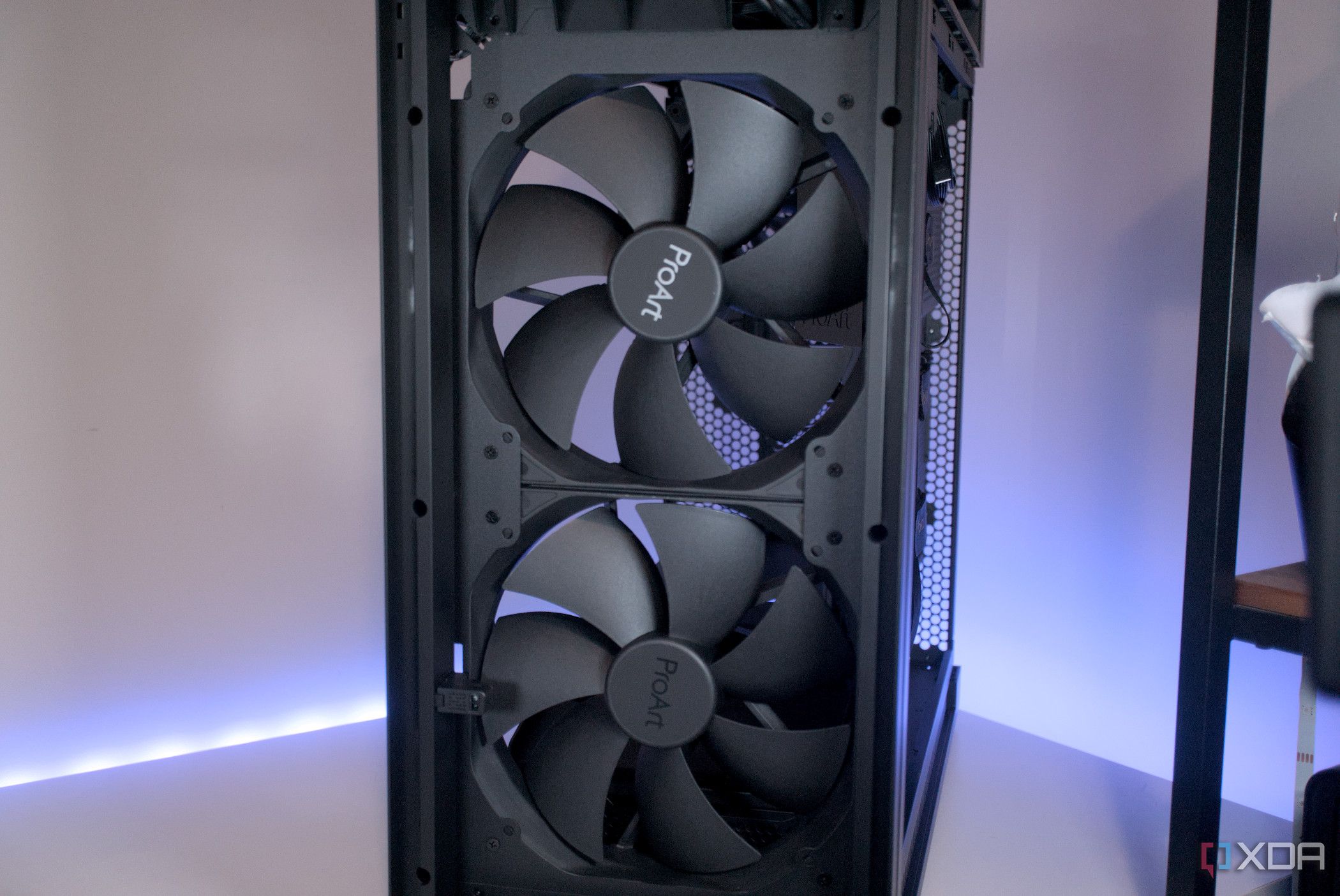
After upgrading to a liquid cooler, I decided to replace my case fans too. My previous 120mm pre-installed fans weren't bad, but at high RPMs, they were pretty loud. So, I decided to pick a couple of 140mm fans that could run slower while pulling the same amount of air inside the PC, lowering the overall noise levels of the system. Two of these only cost me around $35, which is a great deal, considering the acoustic difference.
Out of the three 120mm fans I removed from the front of my case, I installed one in the rear slot, which had remained vacant until now. My PC's overall temps haven't changed much, but it definitely sounds more silent than before. Larger case fans are one of the most underrated upgrades you can make to your PC if you want the same cooling performance at lower noise levels.
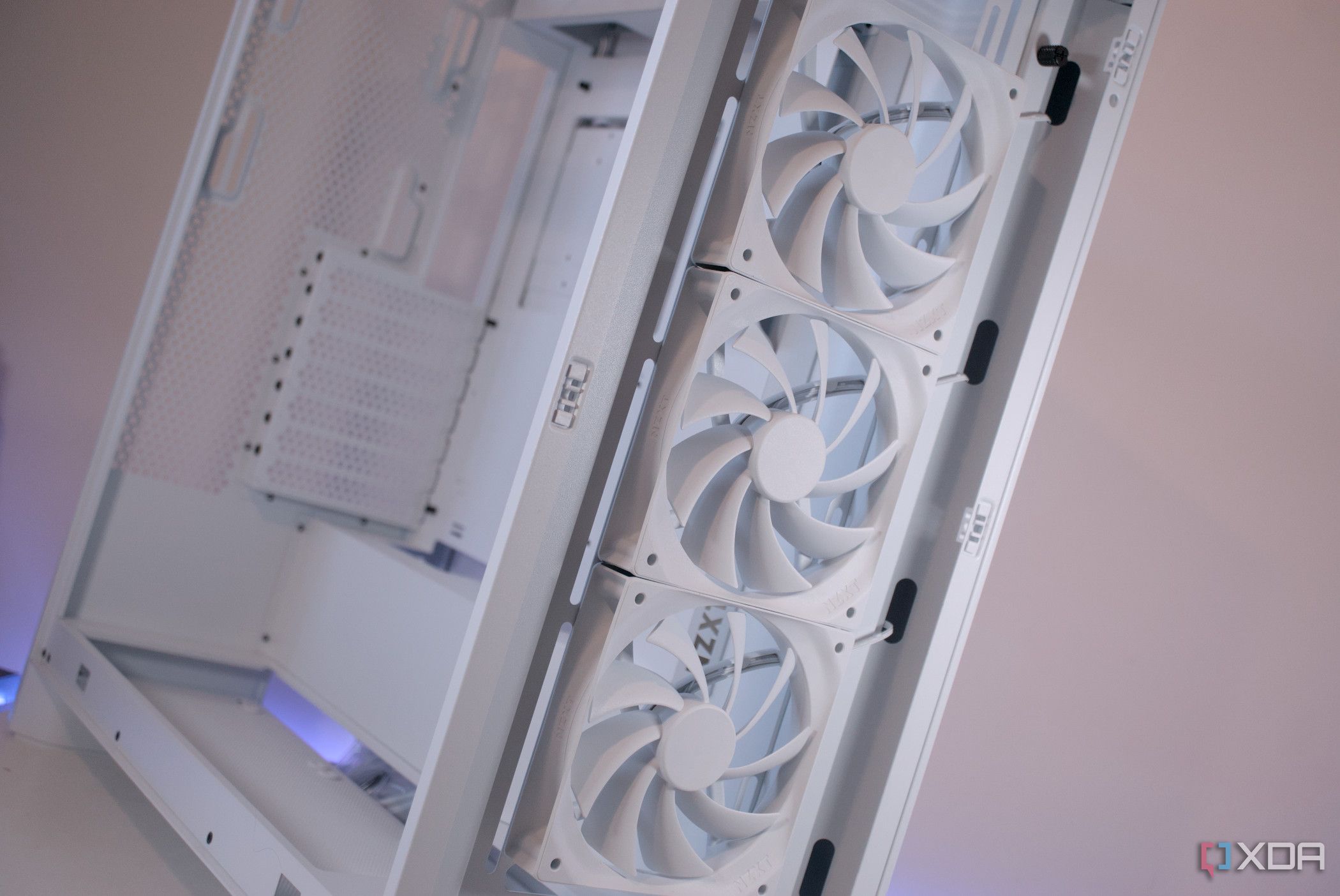
Related
6 mistakes you're making when buying new case fans for your PC
Buying new case fans is a bit more complicated than you'd think
2 Tuning the fan curves just right
A non-negotiable
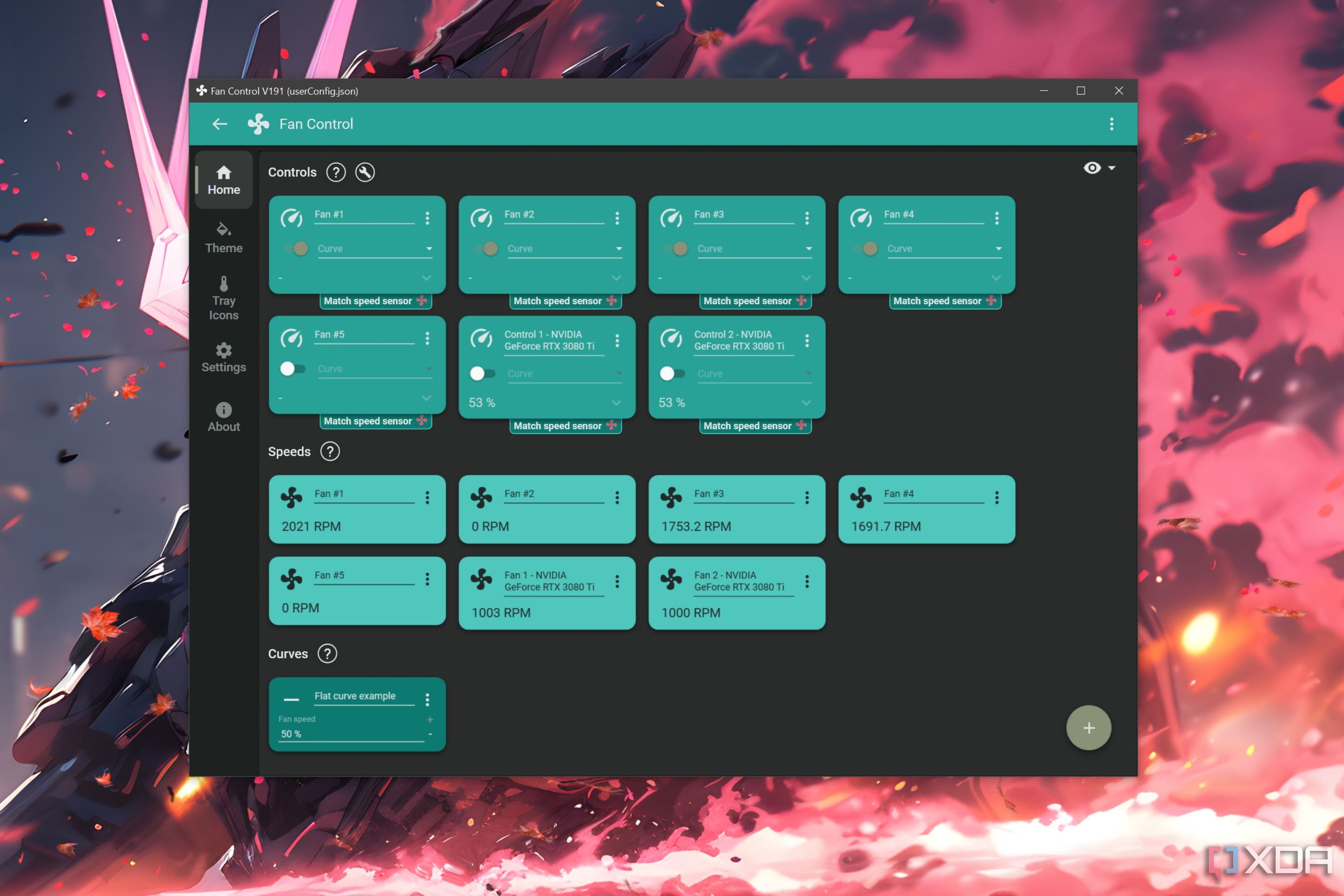
I realized quite late in my PC's lifecycle that it's essential to set custom fan curves for every fan on your PC. Using the default fan curves is almost always worse; they rob your PC of what it can be, which is a highly performant yet silent beast. Whether you use the BIOS/UEFI to do this, or use a more sophisticated program like Fan Control, you should put in the time and effort to set custom fan curves once, and enjoy the benefits forever.
Without optimizing your fan curves, you're at the mercy of fans that ramp up faster than necessary, making your PC sound like it's struggling every time you launch a game. Even at lower temps, your fans might be set to run at 60-70% of their maximum RPM, which is unnecessary. You can set your CPU, GPU, and case fans to ramp up gradually with increasing temperatures, so that you strike the right balance between performance and noise. Once you find the right balance for your machine, you'll never need to touch your fan curves again.

Fan Control gives you the most control over your fan curves. This free and open-source tool is easy to use, and allows you to manage all your fans in one place.
1 Picking a low-TDP CPU
Attack the root of the problem
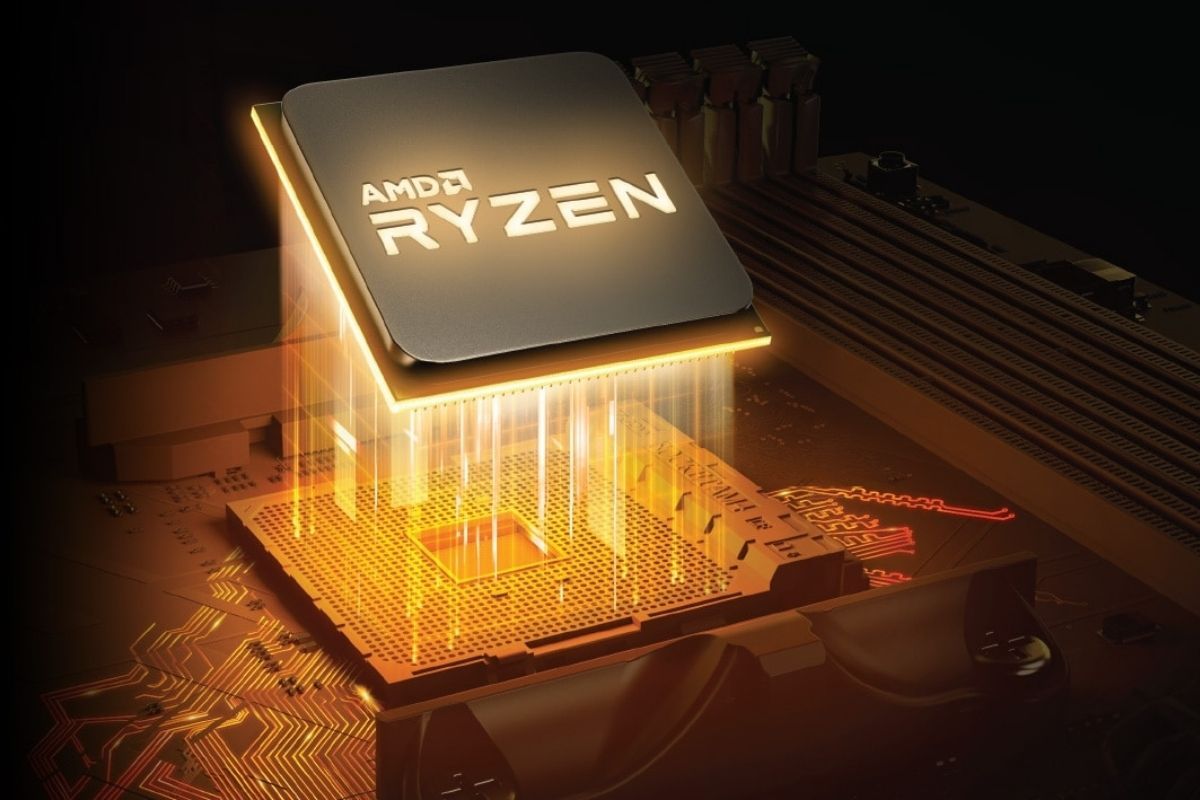
When I was picking the components for my current PC, I chose the Ryzen 7 5700X, a 65W TDP processor, instead of something with a 125W TDP or higher. Despite the low TDP, the 8-core Ryzen 7 5700X was a powerful chip for gaming as well as occasional productivity. And since it's easier to cool than many other CPUs, I don't have to stress my CPU cooler as much, leading to lower RPMs and noise levels.
This worked out well for me since I didn't need a more powerful chip for any of my use cases. Gaming is still fine on most 6-core chips, and when I'm not gaming, I'm writing or browsing the web, neither of which requires a powerful CPU. By lowering the power consumption ceiling of the processor, I reduced how hard my fans needed to work to keep things cool. The silent PC that I enjoy owes as much to the CPU choice as it does to the liquid cooler or large fans.
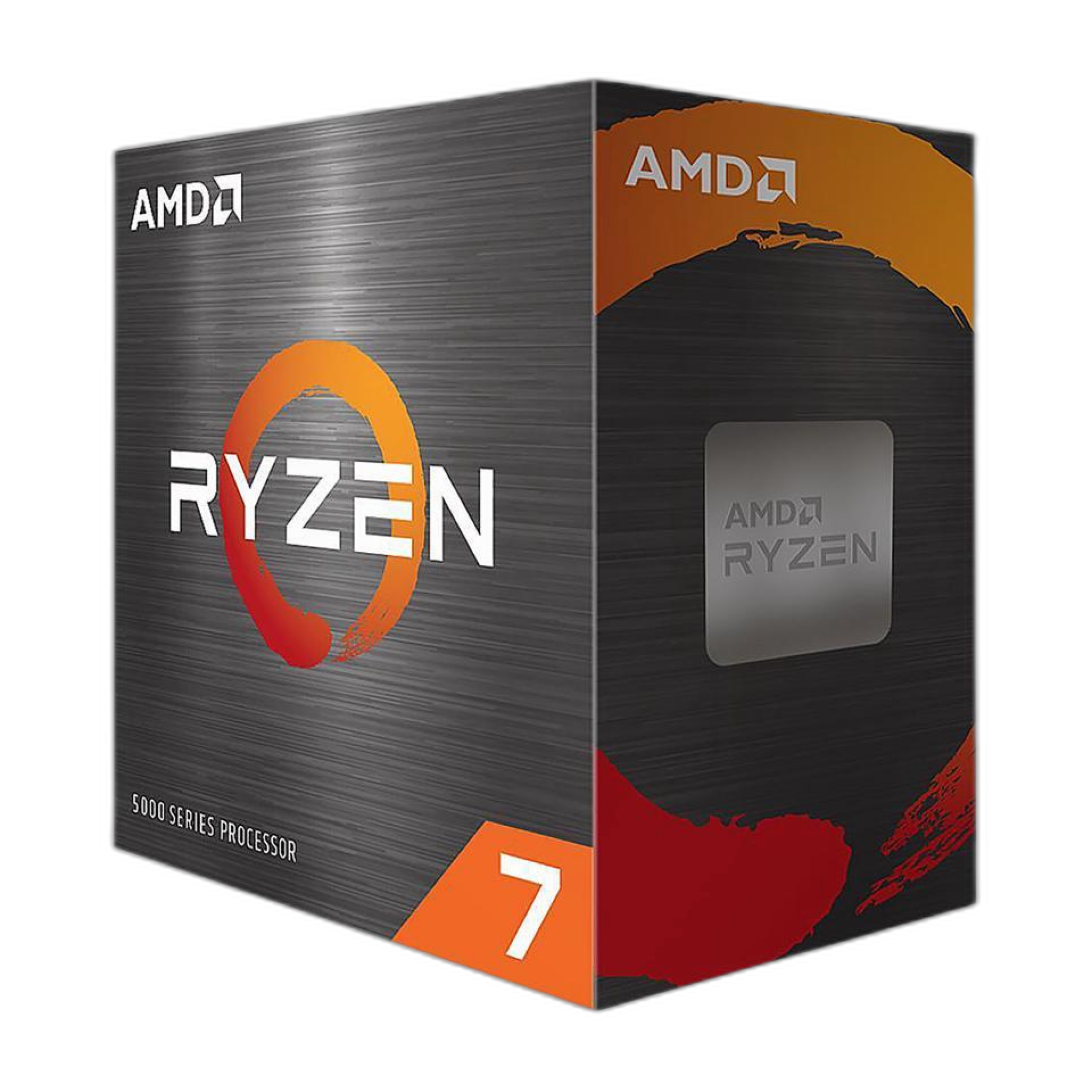
The AMD Ryzen 7 5700X is an excellent AM4 processor with 8 cores and 16 processing threads that provide plenty of power and speed.
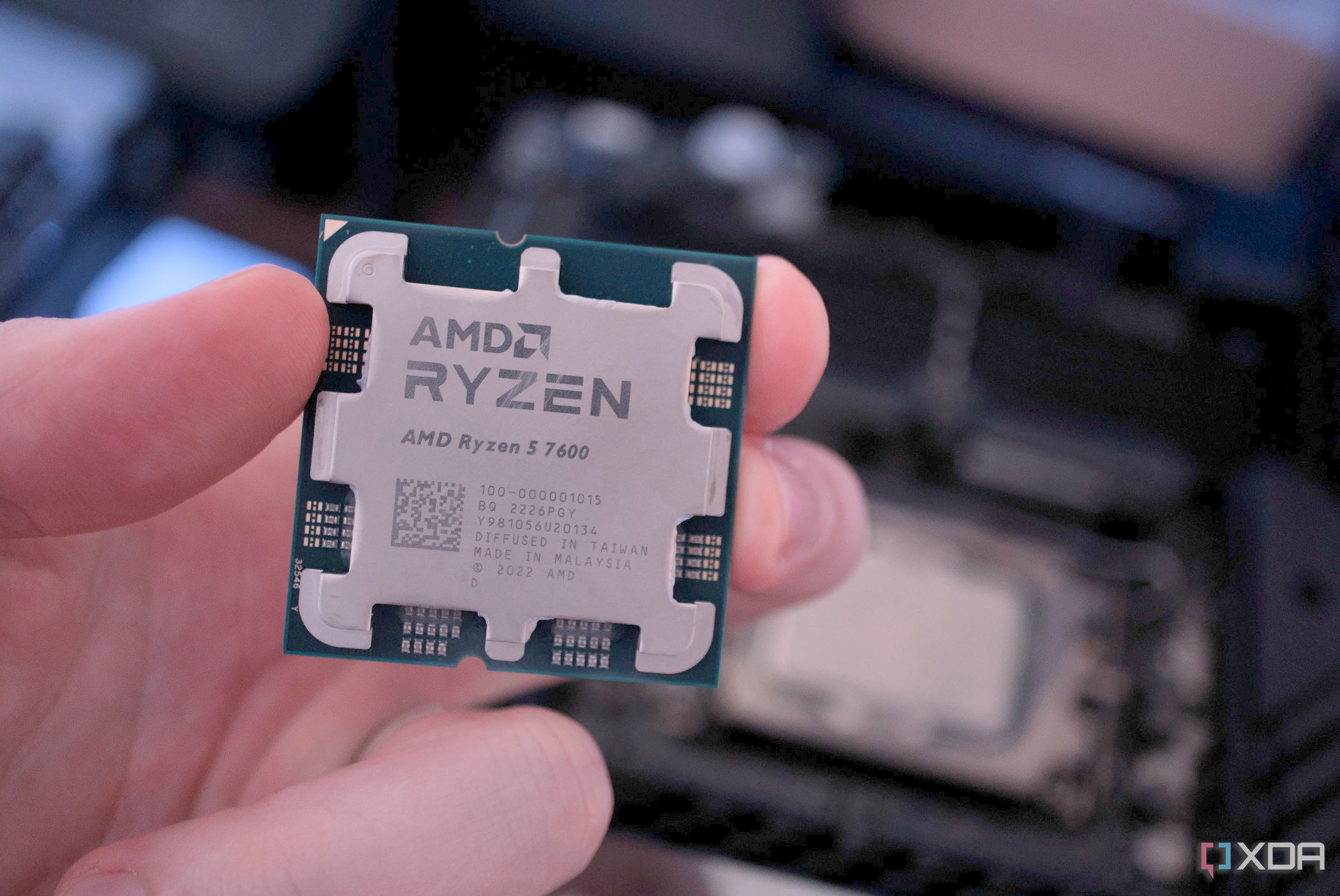
Related
4 CPU specs that actually matter (and 3 you can ignore)
Not every item on the CPU spec sheet deserves your attention
Building a silent PC isn't complicated
In 2025, ensuring your PC runs as silently as possible isn't really difficult. All you need are some easy component choices and optimized fan curves. You're not even sacrificing performance for this privilege since 65W CPUs can run pretty much anything you want. By opting for an AIO liquid cooler, 140mm fans, and SSDs, you're further eliminating sources of noise from your PC. Most PC builders are doing this anyway, so building a silent PC is quite straightforward in 2025.
.png)
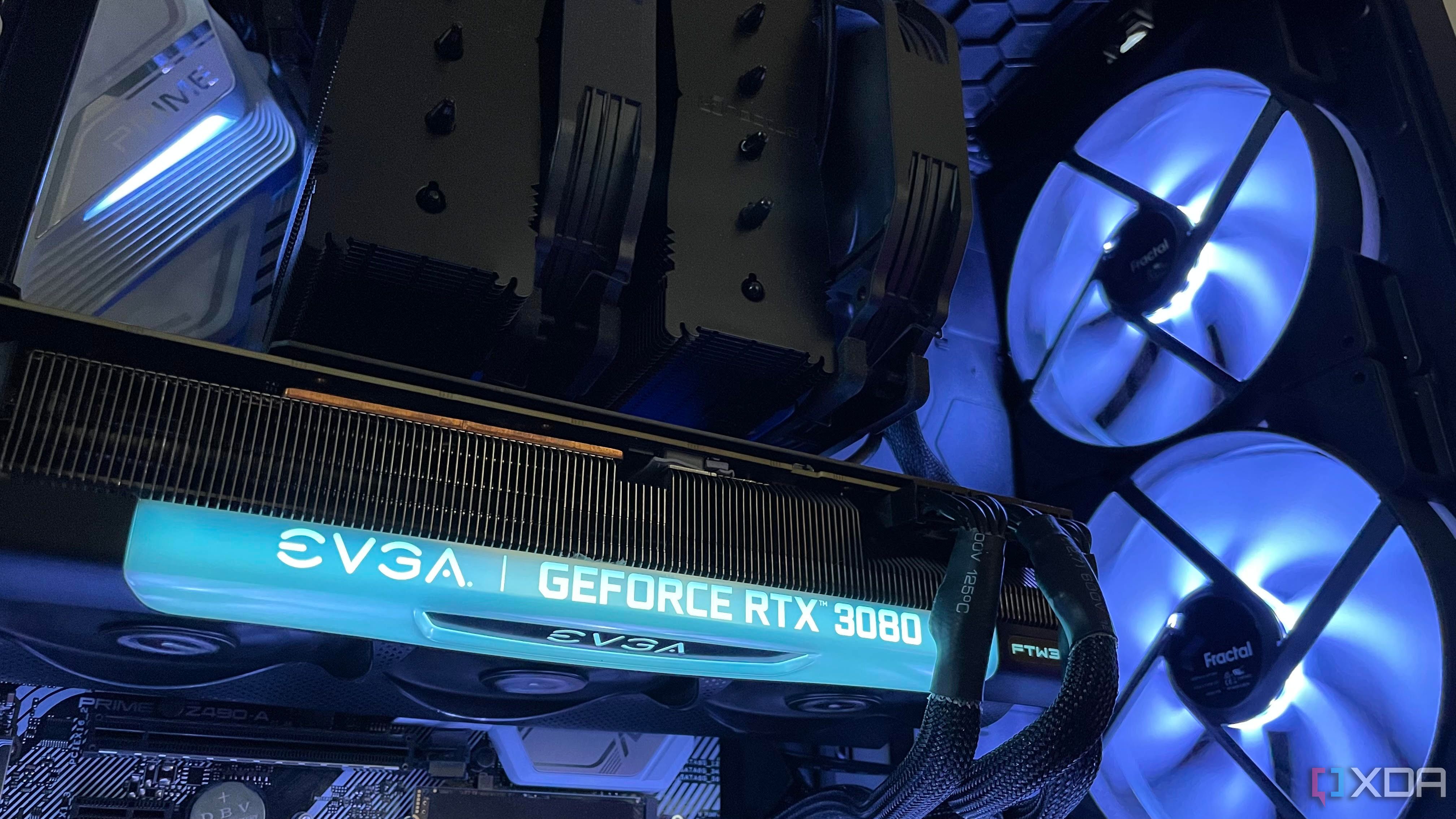




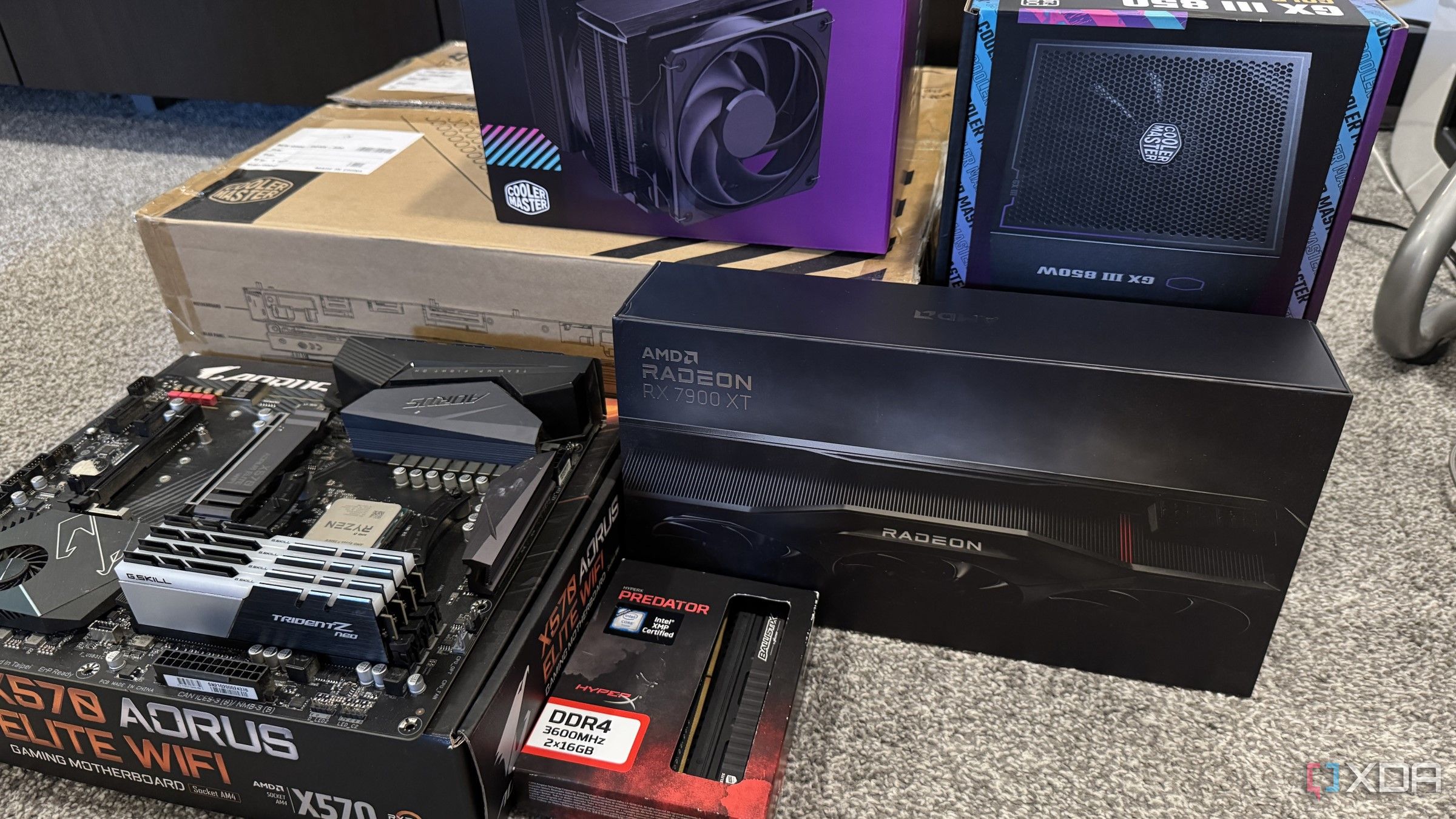





 English (US) ·
English (US) ·